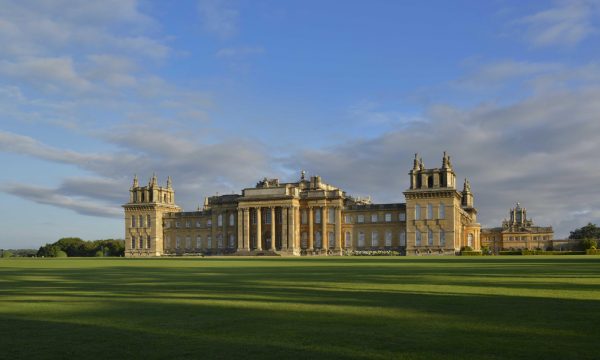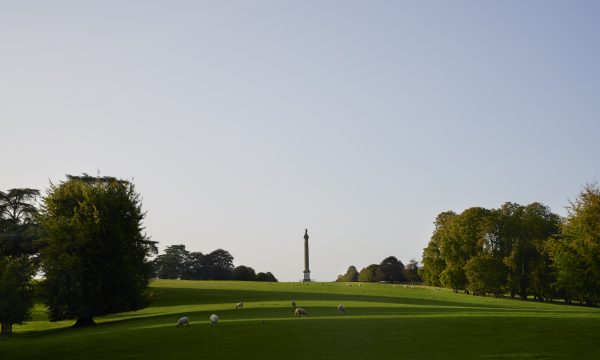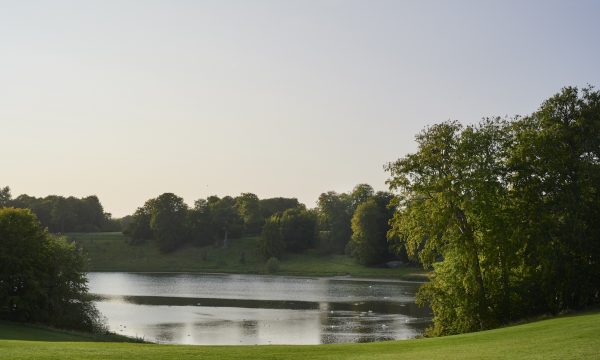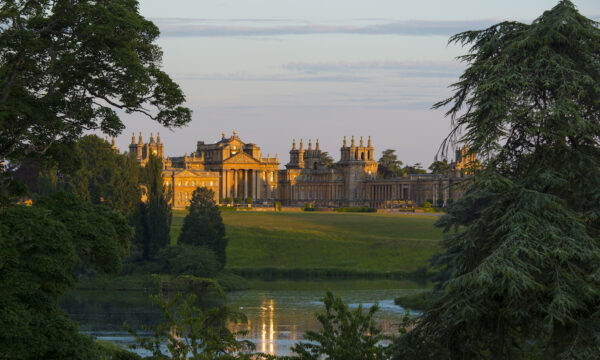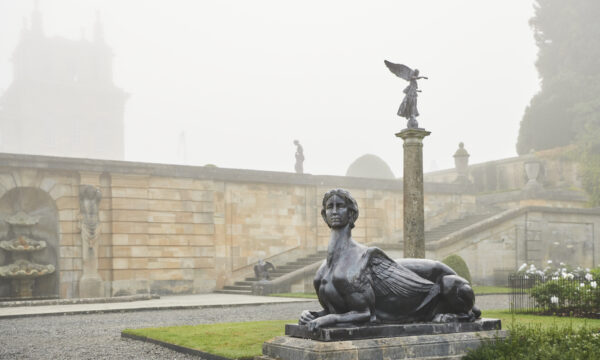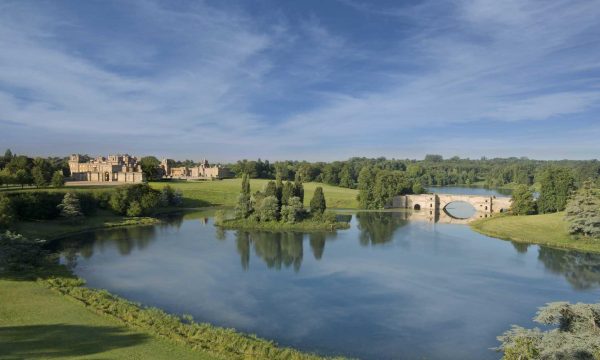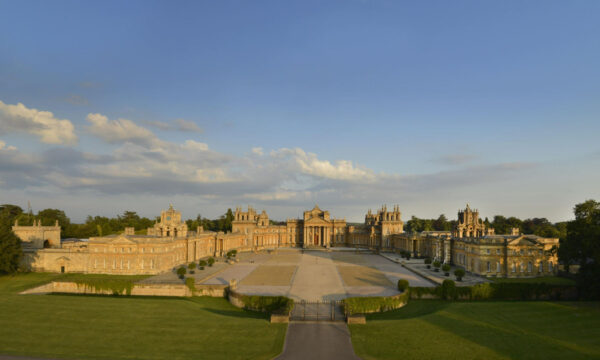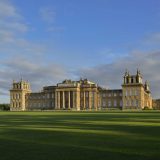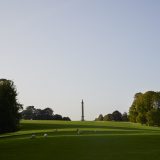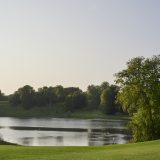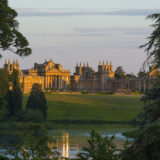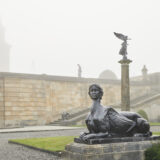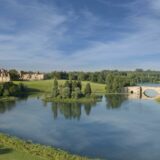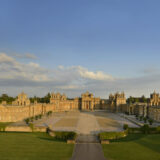Blenheim Art Foundation
Blenheim Art Foundation (BAF) is a multi-award-winning non-profit organisation that presents large-scale contemporary art exhibitions at Blenheim Palace.
Blenheim Art Foundation was founded in 2014 with the opening of the inaugural exhibition by Ai Weiwei. This marked the beginning of an entirely new initiative at Blenheim, offering visitors the unique opportunity to experience the work of international contemporary artists through a series of exhibitions held within the historic setting of the Palace and its celebrated grounds. The Foundation aims to challenge convention, breaking away from the “white cube” aesthetic that has become synonymous with the presentation of contemporary art.
Blenheim Art Foundation seeks to show artists most relevant to our time and looks to those who question conventional thinking in contemporary art. The fundamental ambition of the Blenheim Art Foundation is to challenge, engage, and excite the visitors at Blenheim, where the programme is continually evolving. Following Ai Weiwei, Blenheim Art Foundation has hosted solo exhibitions by Lawrence Weiner in 2015, Michelangelo Pistoletto in 2016, Jenny Holzer in 2017, Yves Klein in 2018, Maurizio Cattelan in 2019, Cecily Brown in 2020, and Tino Sehgal in 2021. The next exhibition will be Mohammed Sami in 2024.
In 2016, Blenheim Art Foundation won Hudson’s UK Heritage Award for Best Innovator and in 2019, Jenny Holzer’s presentation at the Palace earned the Global Fine Art Awards’ prize for ‘Best Public Exhibition’.
The Foundation was established by Lord Edward Spencer-Churchill, brother of the 12th Duke of Marlborough. A dedicated collector of contemporary art, Lord Edward has long-held the ambition to launch a contemporary art programme at Blenheim Palace.
Blenheim Palace
The Palace, which took almost thirty years to reach completion, was designed by Sir John Vanbrugh to function not only as a private house, but also a monument, castle, and citadel; a testament of England’s supremacy over the French in a blaze of architectural glory that would rival Versailles. As such, as well as following contemporary conventions of symmetry and formality, Vanbrugh utilised all the mass ornamentation, symbolism and drama of the Baroque.
The Palace is set in two thousand acres of parkland and formal gardens and as generation follows generation, successive Dukes have introduced their personal touch by each adding new styles and layers of beauty to the landscape. In 1764, the celebrated landscape gardener Lancelot ‘Capability’ Brown was employed by the 4th Duke to rip out one hundred acres of formal garden and replace it with romantic parkland, which is particularly impressive considering that both the Duke and Capability Brown were planning decades, if not centuries, ahead, knowing full well that they would not see the scheme come to fruition in their lifetimes.
Steeped in British history, the Palace is also famous as the birthplace of the distinguished wartime Prime Minister, Sir Winston Churchill, who was himself a member of the family and descendant of the 1st Duke. Handed down through successive generations, the Palace today continues to be privately owned and is the official seat of the current and 12th Duke of Marlborough.

